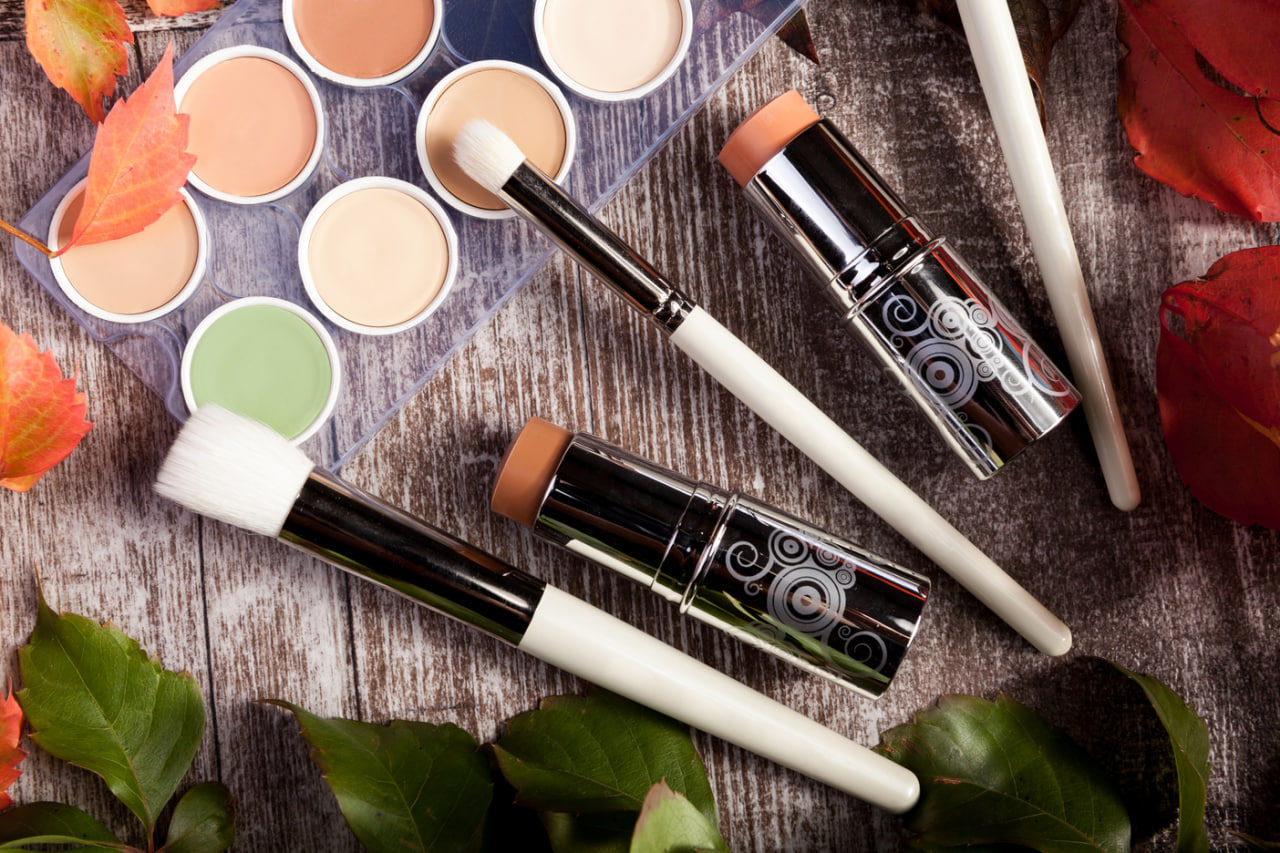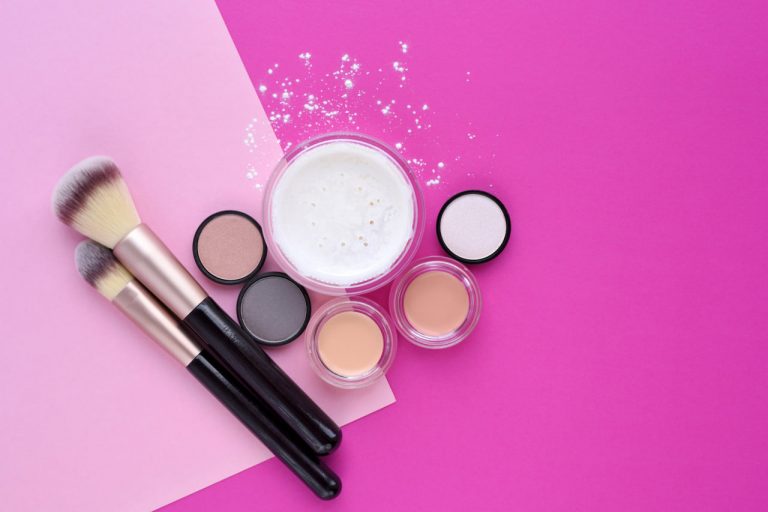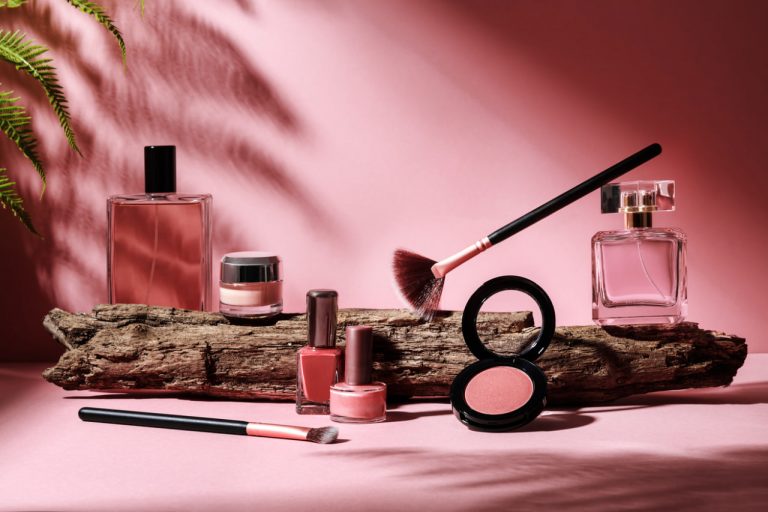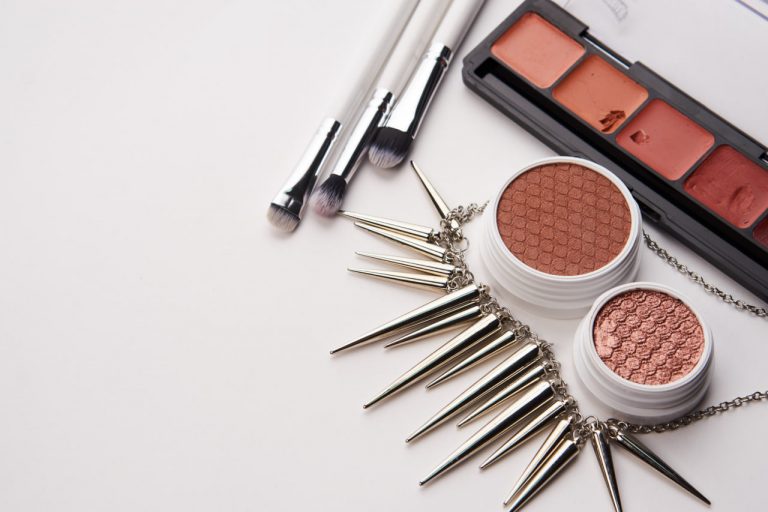The Science Behind Safe and Effective Homemade Makeup
Creating your own makeup at home can be a fun and empowering experience, but it…
Creating your own makeup at home can be a fun and empowering experience, but it requires more than mixing colors and textures. Understanding the science behind makeup formulation ensures that your products are not only beautiful but also safe and effective for your skin. From selecting ingredients to combining them in the right ratios, knowledge of cosmetic chemistry is key to producing quality homemade makeup.
Understanding the Basics of Makeup Formulation
Makeup products generally fall into three main categories: powders, liquids, and creams. Each type requires different ingredients and techniques to achieve the desired texture, stability, and performance.
- Powders: Include eyeshadows, blushes, and setting powders. Key components are pigments for color, fillers for texture, and binders to hold the powder together.
- Liquids: Include foundations, lip glosses, and eyeliners. Liquids require emulsifiers to blend oil and water-based ingredients, as well as preservatives to maintain shelf life.
- Creams: Include lipsticks, cream blushes, and concealers. Creams combine oils, waxes, and pigments to achieve a smooth, blendable consistency.
Balancing these ingredients correctly is crucial to create makeup that applies evenly, stays on the skin, and does not cause irritation.
Choosing Safe Ingredients
Safety is the foundation of effective homemade makeup. Using high-quality, non-toxic ingredients reduces the risk of skin reactions and infections.
- Pigments: Opt for cosmetic-grade mica, iron oxides, and natural clays. Avoid art supplies or industrial pigments, which can be unsafe for skin.
- Oils and Butters: Coconut oil, shea butter, and jojoba oil provide moisture and smooth texture while maintaining safety.
- Waxes: Beeswax and candelilla wax help bind ingredients and give structure to lipsticks and cream products.
- Preservatives: For water-based products, natural preservatives like rosemary extract or grapefruit seed extract may be used, though short-term storage is recommended.
Always test ingredients for allergies on a small patch of skin before full application, and avoid ingredients known to cause irritation, such as essential oils in high concentrations.
Color and Pigment Science
Pigments not only give makeup its vibrant colors but also affect its texture, opacity, and longevity. The particle size and concentration of pigments determine how the product will adhere to the skin. Fine particles provide a smooth application, while coarser particles may feel gritty or uneven.
Blending pigments correctly is essential. Mixing too many colors can result in dull or muddy shades. Using a white or neutral base can help enhance the vibrancy of pigments in powders and creams.
The Role of Emulsifiers and Binders
Emulsifiers allow water and oil to mix, forming a stable product such as liquid foundation or cream blush. Without proper emulsification, the ingredients may separate, leading to uneven texture and inconsistent application. Common natural emulsifiers include beeswax, lecithin, and emulsifying waxes.
Binders help powders stick together and adhere to the skin. In eyeshadows and blushes, ingredients like kaolin clay or magnesium stearate improve adherence, reduce fallout, and enhance wear time.
Ensuring Longevity and Performance
Effective homemade makeup must withstand daily wear and environmental factors. Achieving longevity involves proper formulation and storage techniques:
- Layering Ingredients: In creams and lip products, combining waxes, oils, and pigments in balanced ratios creates durability without feeling heavy.
- Avoiding Excess Moisture: Water-based products are prone to bacterial growth. Using minimal water or storing in the refrigerator can prevent contamination.
- Testing Wear Time: Apply products under different conditions to ensure they remain stable and comfortable throughout the day.
Customization and Creativity
Understanding the science behind makeup allows creators to experiment safely. You can adjust formulas to suit skin type, preferred texture, or desired finish, whether matte, glossy, or shimmer. For example, increasing oil content in a lipstick creates a creamier texture, while adding more wax enhances firmness.
Essential oils or plant extracts can provide subtle fragrance or skin benefits, but they must be used in safe, controlled amounts to prevent irritation. Keeping records of formulations ensures consistency and helps refine your creations over time.
Hygiene and Storage
Proper hygiene is critical when making and using homemade makeup. Always use clean tools, containers, and workspaces. Avoid double-dipping applicators, and consider using small batches to minimize contamination. Store products in airtight containers, away from heat and light, to preserve their quality and performance.




